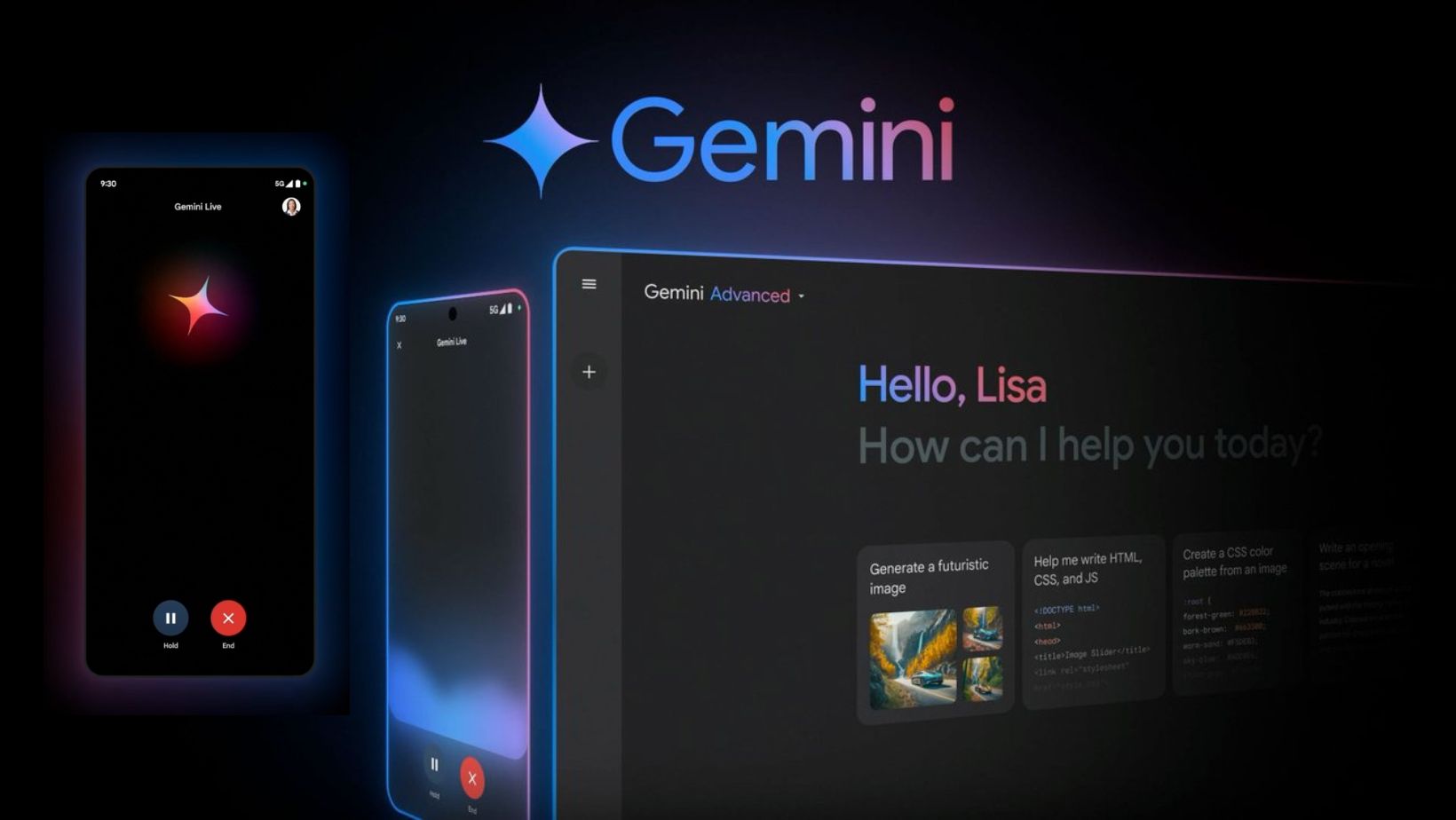Artificial intelligence is currently at the forefront of technological innovation, and Google is making significant strides to lead in this burgeoning field. Google’s AI initiatives are collectively branded under the name “Gemini,” which encompasses both AI models (the underlying technology) and AI apps (accessible via web and mobile). This dual usage of the Gemini name can cause some confusion about what exactly is being referenced or used. Previously, the Gemini apps were known as Google Bard, adding to the potential for misunderstanding.
With frequent updates and new releases, especially noted at Google I/O 2024, it’s important to clarify the different components of the Gemini ecosystem to help users fully utilize these AI tools.
Google selected the name “Gemini” to symbolize the “twin” AI projects under development within the company. The name also evokes space exploration themes, reflecting Google’s ambitious goals, as it’s a constellation and a zodiac sign, and also the name of a 1960s NASA project. This naming aims to emphasize both the scope and the multimodal nature (text, images, and video) of the Gemini project.
Google Gemini Apps and Plans
First, there’s the Google Gemini app, available for Android and accessible via the web. Although there isn’t a dedicated iOS app yet, iOS users can access Gemini through the main Google app by selecting the Gemini symbol (a blue-purple star) on the home tab.
Gemini functions similarly to OpenAI’s ChatGPT or Microsoft’s Copilot. Users input prompts and receive responses generated by AI, covering a wide range of topics from creative writing to travel ideas, decision-making assistance, and general advice. Users should, however, be mindful of potential AI “hallucinations” or inaccuracies.
Within the Gemini app, two subscription plans are available: the free basic Gemini plan and a paid plan that grants access to more advanced AI models. The advanced models are generally smarter, faster, and more versatile. The paid plan, called Gemini Advanced, costs $19.99 per month and includes features such as document uploads, Python code execution, and integration with other Google apps like Gmail and Google Docs.
The Gemini Advanced plan also includes 2TB of storage, overlapping with the benefits of Google One. Other perks of Google One, like a 10% discount on Google Store purchases, are also included. The standard 2TB Google One plan without the added AI functionalities costs $9.99 per month.
Google Gemini Models
Google’s AI models are also branded as Gemini. These models are the core engines behind generative AI, including Large Language Models (LLMs) that process and generate text. Currently, three main models fall under the Gemini banner, each being regularly developed and upgraded:
- Gemini Ultra – The largest and most capable model.
- Gemini Pro – Optimized for a wide range of tasks.
- Gemini Nano – Designed for on-device tasks.
In addition, there is Gemini Flash (a lighter version of Gemini Pro) and Project Astra, an initiative aimed at developing a comprehensive AI agent using the Gemini models, which is still in early development stages.
Gemini Pro powers the free Gemini app. If you subscribe to Gemini Advanced, you’re either using a more advanced version of Gemini Pro or Gemini Ultra, with Google periodically switching between them.
These models are generally hosted on Google’s cloud servers due to their need to process large amounts of information. Gemini Nano, being smaller and less powerful, can run locally on devices like the Pixel 8, offering faster and more private operation.
Google’s AI models continue to evolve rapidly. For the latest updates, users can visit the Google DeepMind hub, which provides information on model types and their applications across Google products, including the Gemini app. This overview should help clarify which Google Gemini AI you are interacting with and when.












